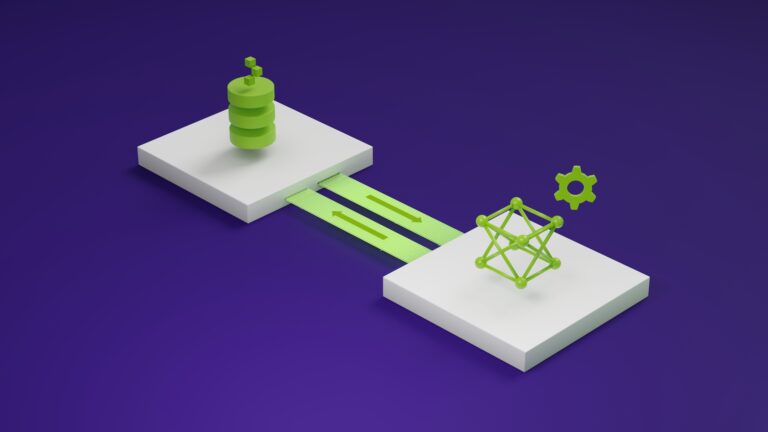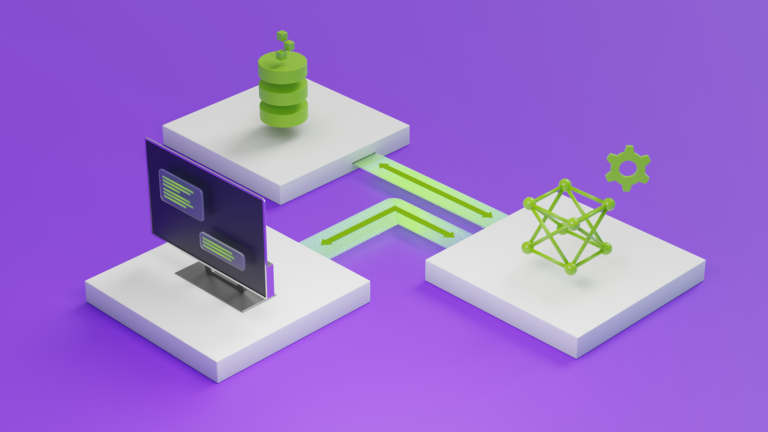 This week’s model release features DBRX, a state-of-the-art large language model (LLM) developed by Databricks. With demonstrated strength in programming and…
This week’s model release features DBRX, a state-of-the-art large language model (LLM) developed by Databricks. With demonstrated strength in programming and…
This week’s model release features DBRX, a state-of-the-art large language model (LLM) developed by Databricks. With demonstrated strength in programming and coding tasks, DBRX is adept at handling specialized topics and writing specific algorithms in languages like Python. It can also be used for text completion tasks and few-turn interactions. DBRX long-context abilities can be used in RAG…

 At GTC 2024, experts from NVIDIA and our partners shared insights about GPU-accelerated tools, optimizations, and best practices for data scientists. From the…
At GTC 2024, experts from NVIDIA and our partners shared insights about GPU-accelerated tools, optimizations, and best practices for data scientists. From the… Professional workflows have become more complex with the increased demand for graphics-intensive scenarios. From regular office applications to demanding…
Professional workflows have become more complex with the increased demand for graphics-intensive scenarios. From regular office applications to demanding… Due to the adoption of multicamera inputs and deep convolutional backbone networks, the GPU memory footprint for training autonomous driving perception models…
Due to the adoption of multicamera inputs and deep convolutional backbone networks, the GPU memory footprint for training autonomous driving perception models… Large language models (LLMs) have revolutionized natural language processing (NLP) in recent years, enabling a wide range of applications such as text…
Large language models (LLMs) have revolutionized natural language processing (NLP) in recent years, enabling a wide range of applications such as text… Text-to-image diffusion models have been established as a powerful method for high-fidelity image generation based on given text. Nevertheless, diffusion models…
Text-to-image diffusion models have been established as a powerful method for high-fidelity image generation based on given text. Nevertheless, diffusion models… NVIDIA launched the initial release of the Confidential Computing (CC) solution in private preview for early access in July 2023 through NVIDIA LaunchPad….
NVIDIA launched the initial release of the Confidential Computing (CC) solution in private preview for early access in July 2023 through NVIDIA LaunchPad….